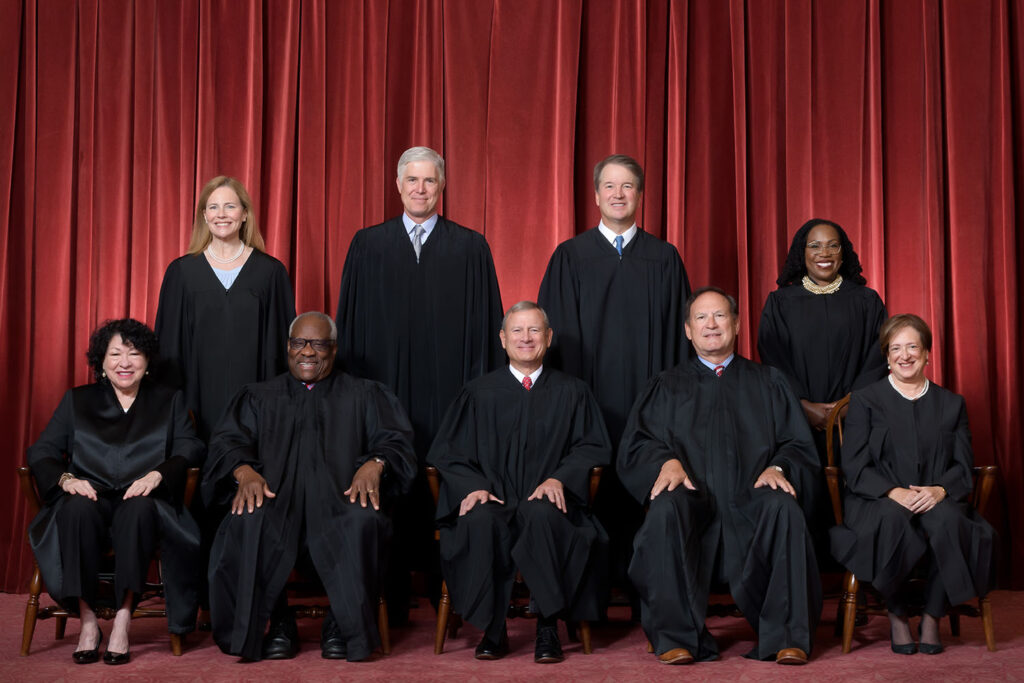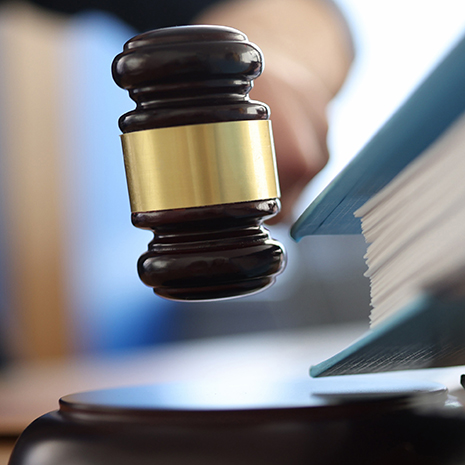Demystifying the Refine of Federal Appeals: What You Required to Know
Navigating the complex realm of federal charms can often feel like passing through uncharted waters for those strange with the procedure. Recognizing the nuances of appellate court jurisdiction, the complexities of filing a notice of allure, providing an engaging quick, and making a convincing dental debate are essential parts that can significantly impact the outcome of a case. By deciphering the layers of intricacy bordering government allures, people can get a more clear insight into the systems that control this critical point of the legal system.
Comprehending Federal Appeals Process
Exploring the intricate world of the government allures procedure introduces a organized and systematic journey through the judicial system. Federal appeals work as a crucial mechanism for evaluating decisions made by reduced courts. Recognizing this procedure is necessary for any person entailed in legal proceedings at the federal degree.
The process generally starts with an event dissatisfied with a lower court's judgment filing a notice of appeal. This causes a testimonial by a higher court, where a panel of courts examines the legal debates provided by both parties. Briefs outlining the lawful reasoning behind each celebration's setting are submitted, and oral disagreements may be heard to make clear complicated issues.
The appellate court's decision is based on a comprehensive evaluation of the lower court's process and the debates provided. When the appellate court reaches a decision, it can affirm, turn around, remand, or change the lower court's ruling, providing quality and finality to the lawful conflict.
Appellate Court Jurisdiction Explained
Appellate court jurisdiction refers to the extent of cases that a certain appellate court has the power to examine and decide upon. Unlike test courts that hear situations for the first time, appellate courts are restricted to evaluating choices made by lower courts.
Appellate courts have territory over specific kinds of cases, commonly those including lawful errors, step-by-step concerns, or questions of regulation as opposed to accurate disagreements. The jurisdiction of appellate courts is normally outlined in statutes and regulations that govern the court system. Comprehending appellate court territory is essential for celebrations entailed in the appeals procedure as it establishes whether an instance is eligible for review and the degree to which the appellate court can interfere in the reduced court's decision.
Filing a Notification of Allure
The initial step in beginning the government allures procedure involves filing a Notice of Charm with the appropriate appellate court. This important paper officially alerts the court and the various other parties associated with the case that the appealing celebration means to look for a review of the lower court's choice. Submitting a Notice of Allure is a rigorous step-by-step need that sets the appellate procedure moving.
When preparing the Notice of Appeal, it is vital to guarantee compliance with the particular regulations and standards of the pertinent appellate court. federal appeal attorneys. The document must generally include information such as the instance name, the reduced court's name, the day of the judgment being appealed, and a succinct statement indicating the grounds for the appeal

Rundown and Dental Argument
In the appellate procedure, presenting composed briefs and participating in oral debates play critical duties in advocating for the appealing celebration's placement prior to the appellate court. Briefs are extensive lawful files that detail the parties' disagreements, lawful authorities, and analysis supporting their settings. These created submissions supply the court with a detailed understanding of the facts of the situation, the pertinent regulation, and why the appealing party believes the reduced court's choice should be reversed.
Adhering to the entry and testimonial of the briefs, dental debates offer the parties a chance to more clarify their placements, address any type of concerns the appellate judges may have, and emphasize bottom lines from their written briefs. Oral arguments are a possibility for the lawyers to convince the courts via spoken campaigning for and feedbacks to inquiries from the bench.
Both the written briefs and dental debates are essential elements of the appellate process, enabling celebrations to provide their situation completely and compellingly before the appellate court. - federal crime lawyer
Obtaining the Appellate Court Choice
The appellate court's decision is commonly provided in a created style and lays out the court's verdicts on the legal problems offered, the reasoning behind their choice, and the judgment provided. The time frame for getting the appellate court's choice can vary, however courts make every effort to offer prompt resolutions. Whether visit site the appellate court attests, reverses, or remands the lower court's decision, recognizing the ramifications of the ruling is vital for all parties included in the appellate procedure.
Verdict
Recognizing the appellate court territory, submitting a notification of allure, preparing briefs, and offering dental debates are all essential components of this process. Eventually, obtaining the appellate court decision can provide clarity and resolution to legal disputes.
As we proceed from recognizing the government charms process to exploring the complexities of appellate court jurisdiction, a basic element comes to light regarding the authority and limits of these higher courts in the lawful landscape. Appellate court territory refers to the range of cases that a particular appellate court has the power to determine and examine upon. Unlike trial courts that listen to instances for the initial time, appellate courts are limited to reviewing choices made by lower courts. Understanding appellate court territory is critical for events included in the appeals procedure as it identifies whether a case is eligible for testimonial and the degree to which the appellate court can intervene in the reduced court's decision.
